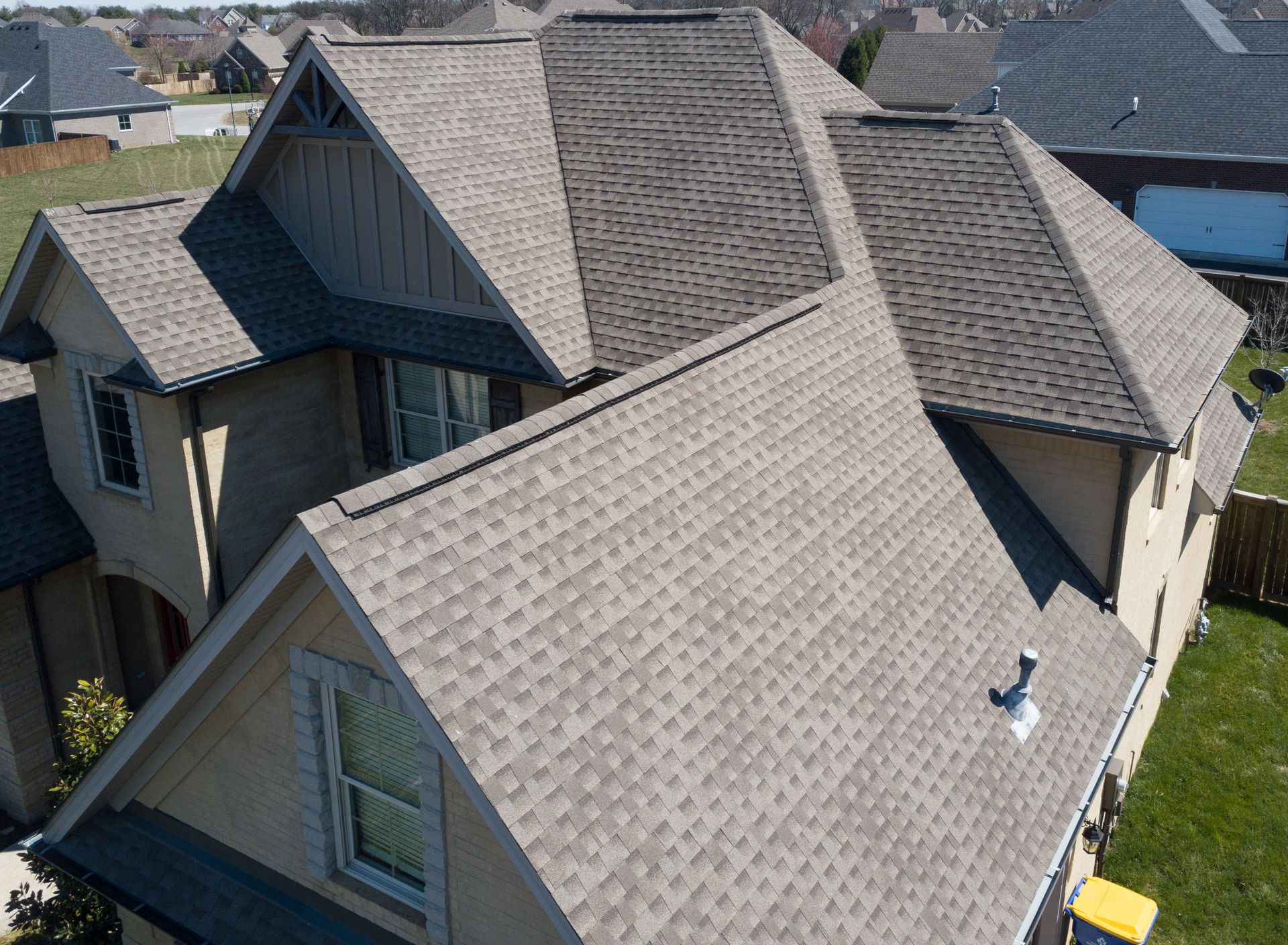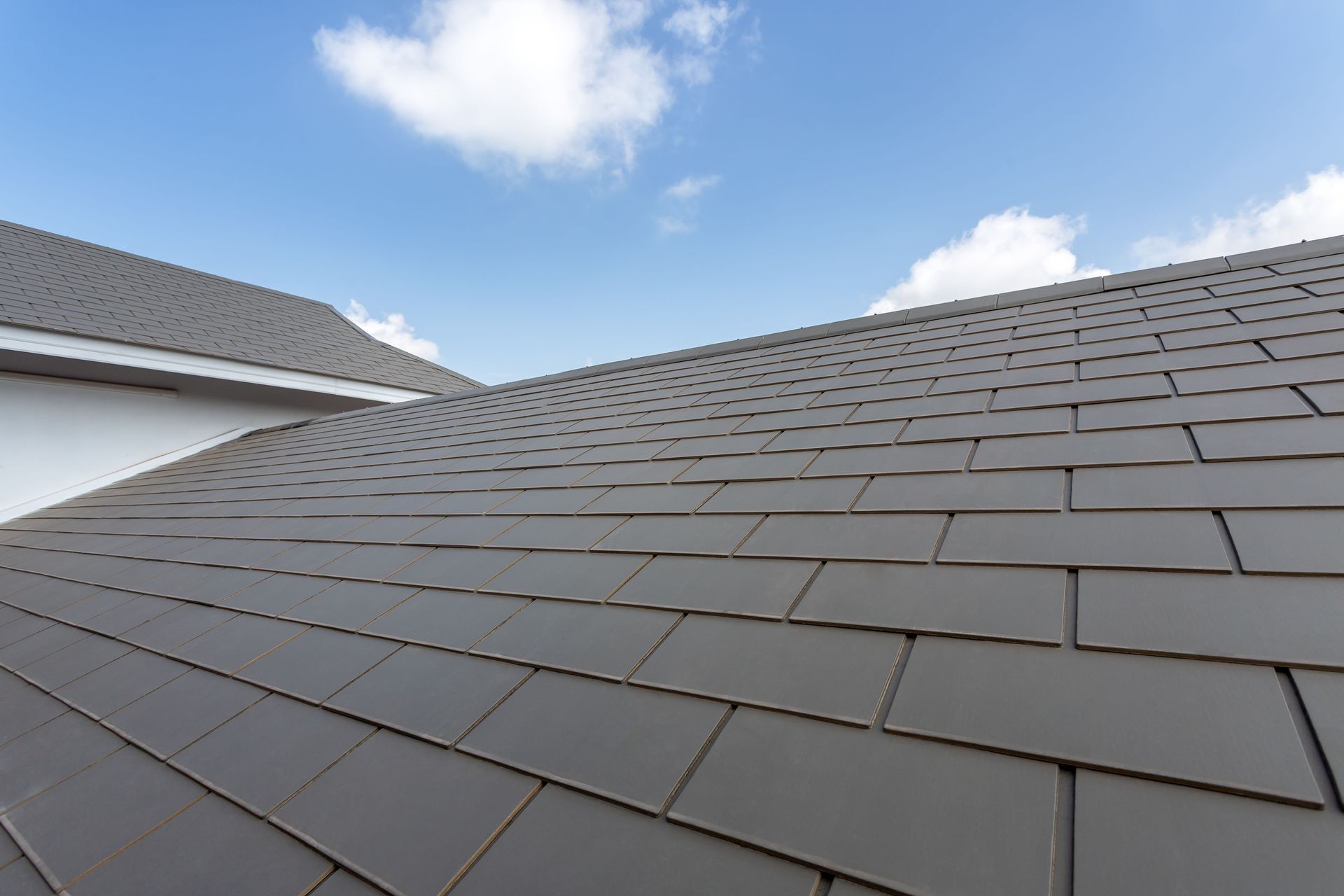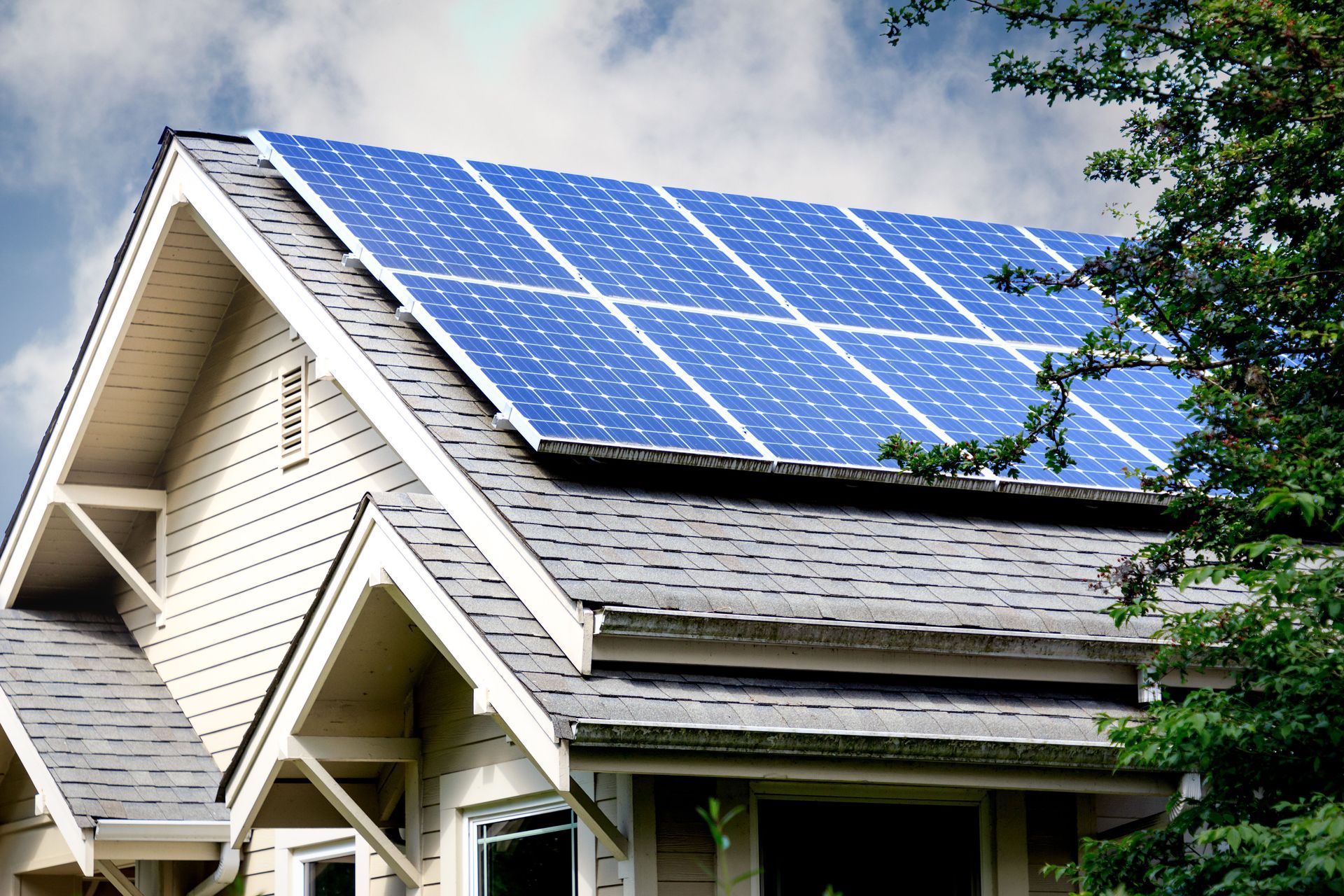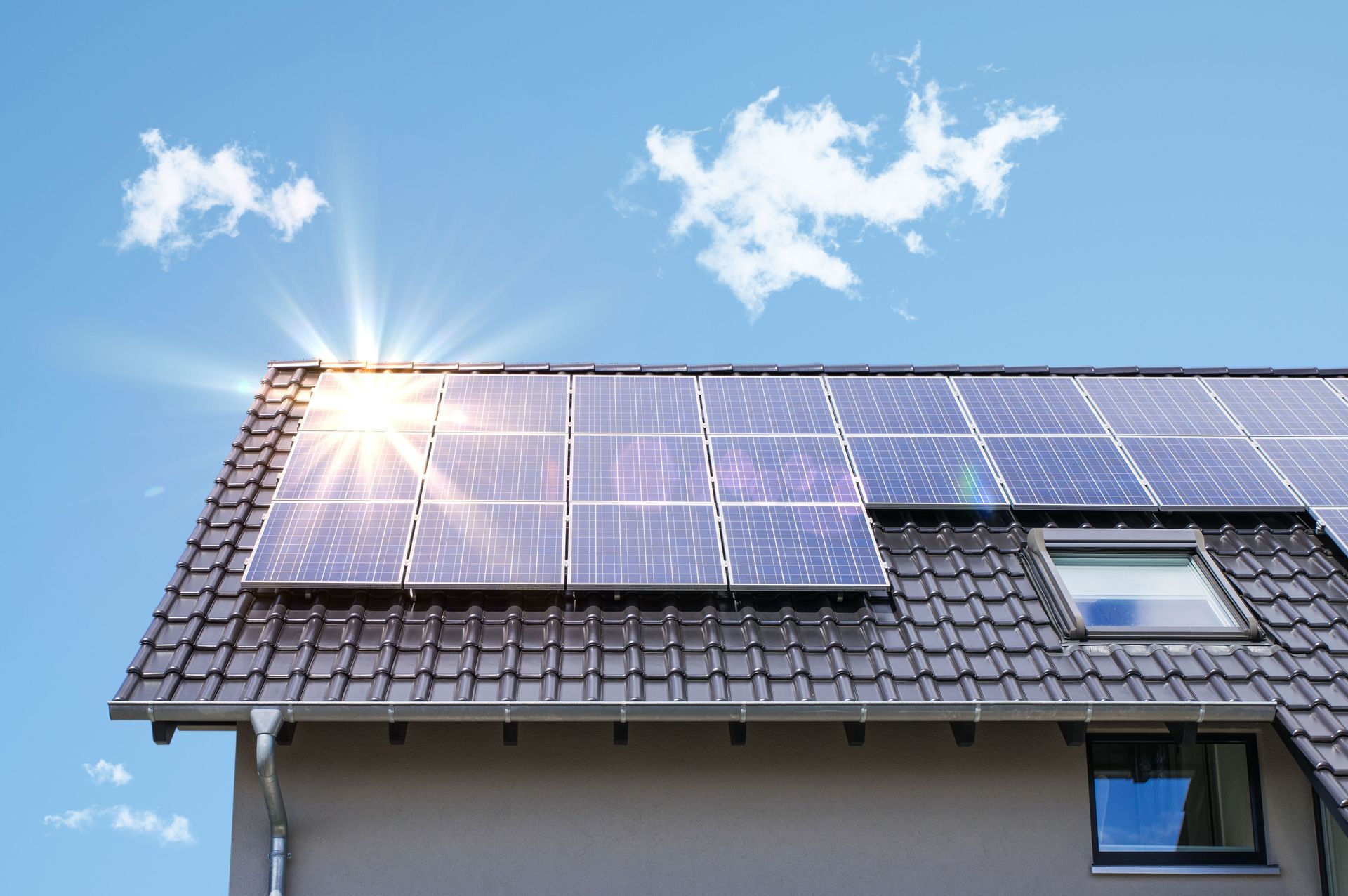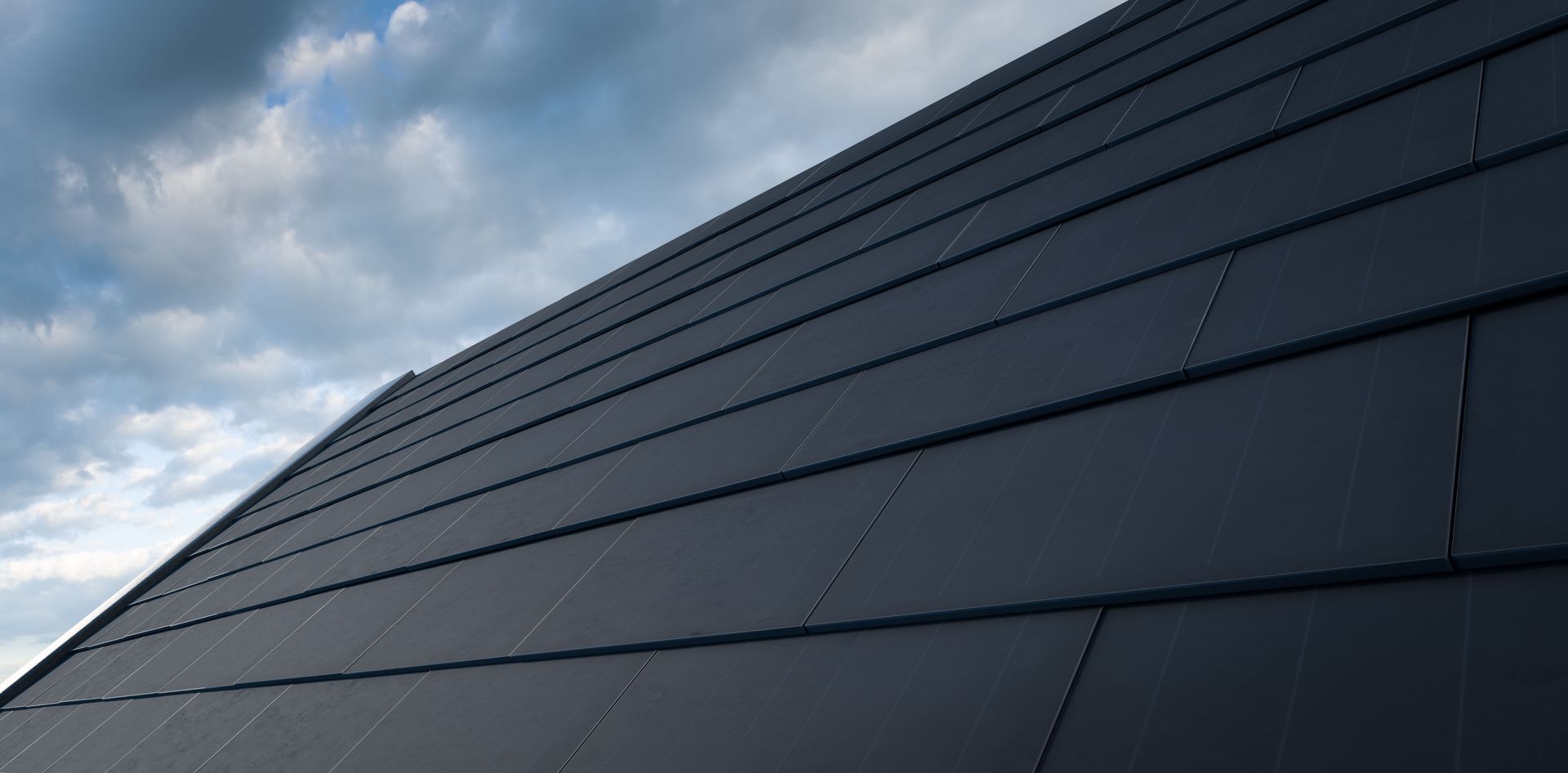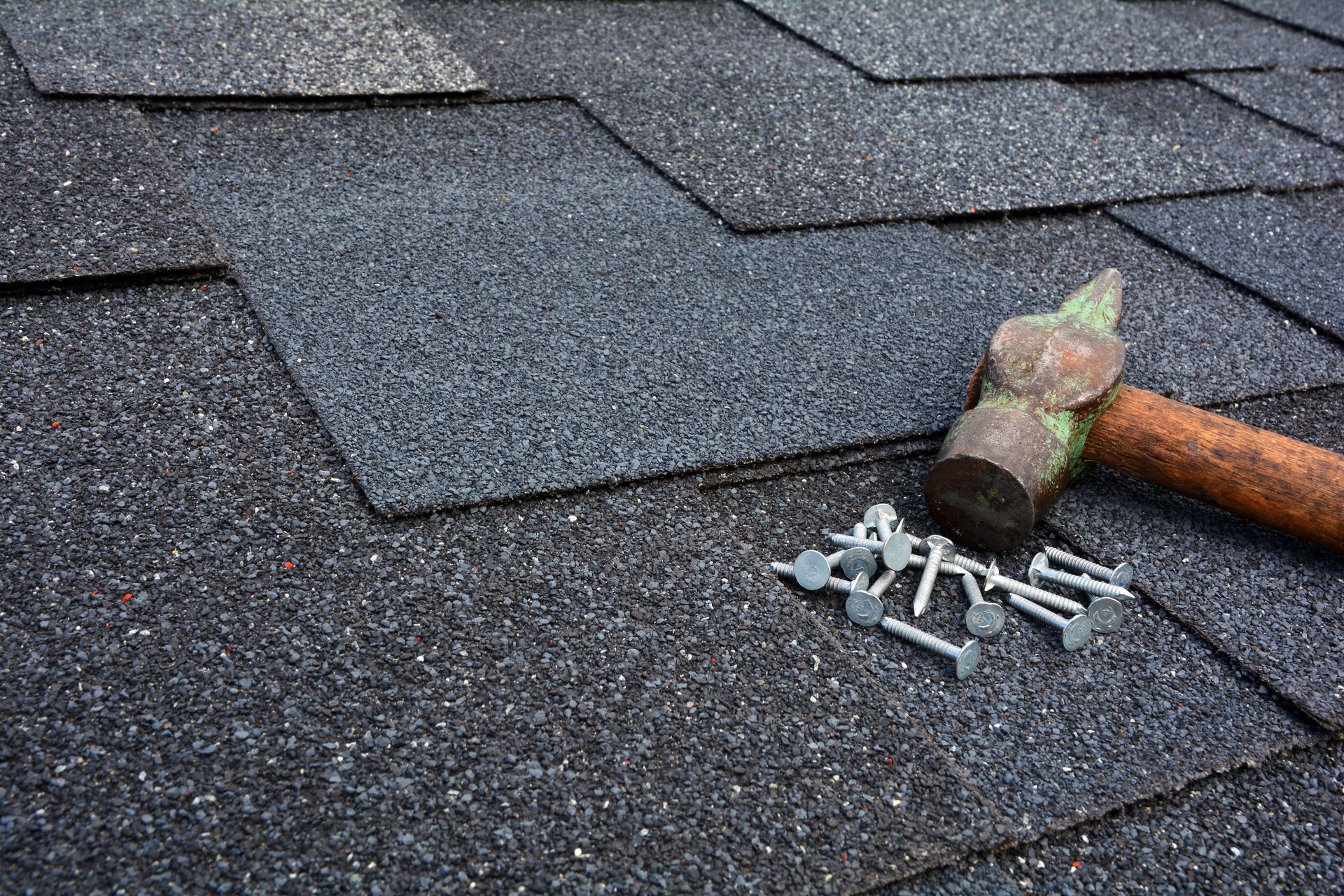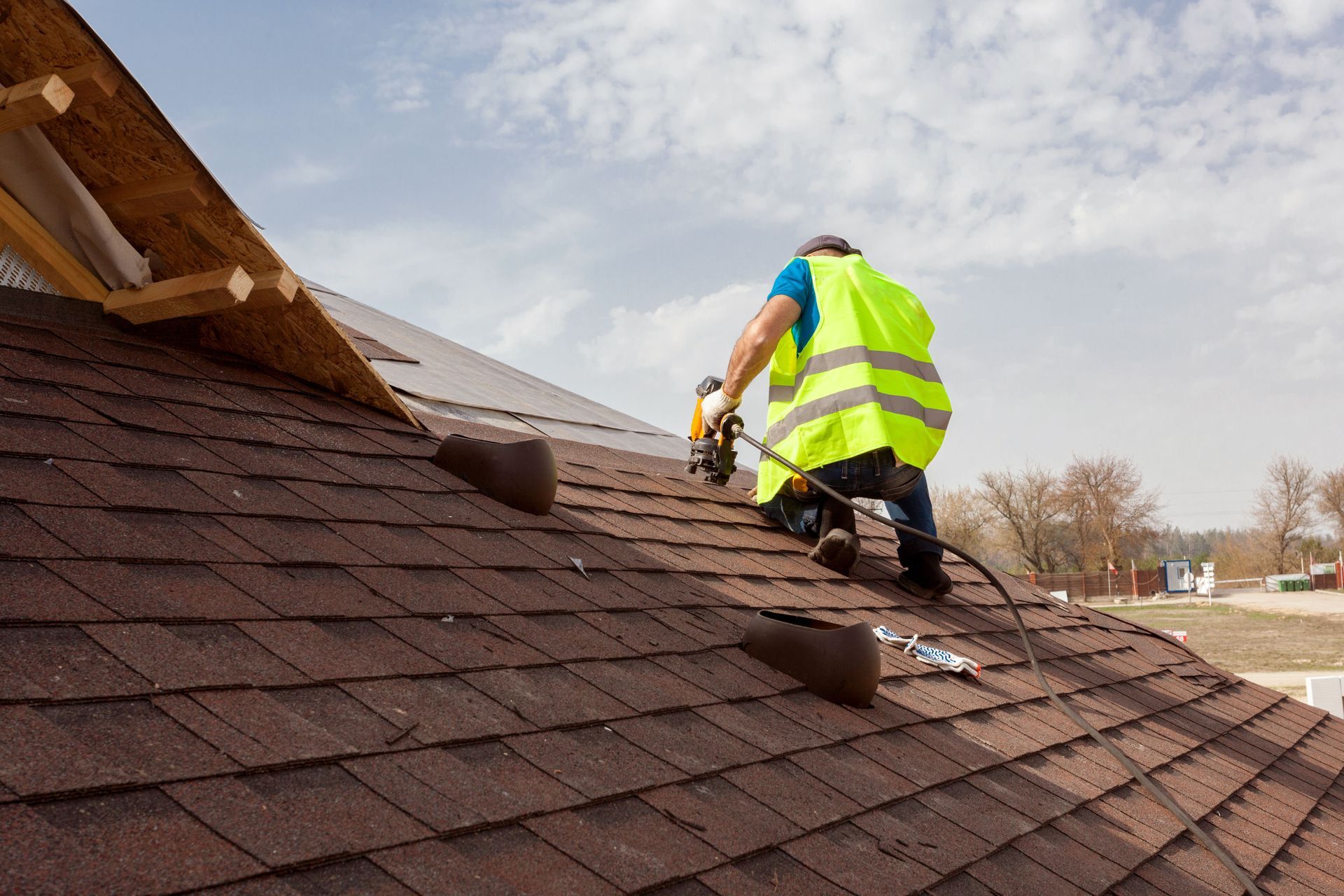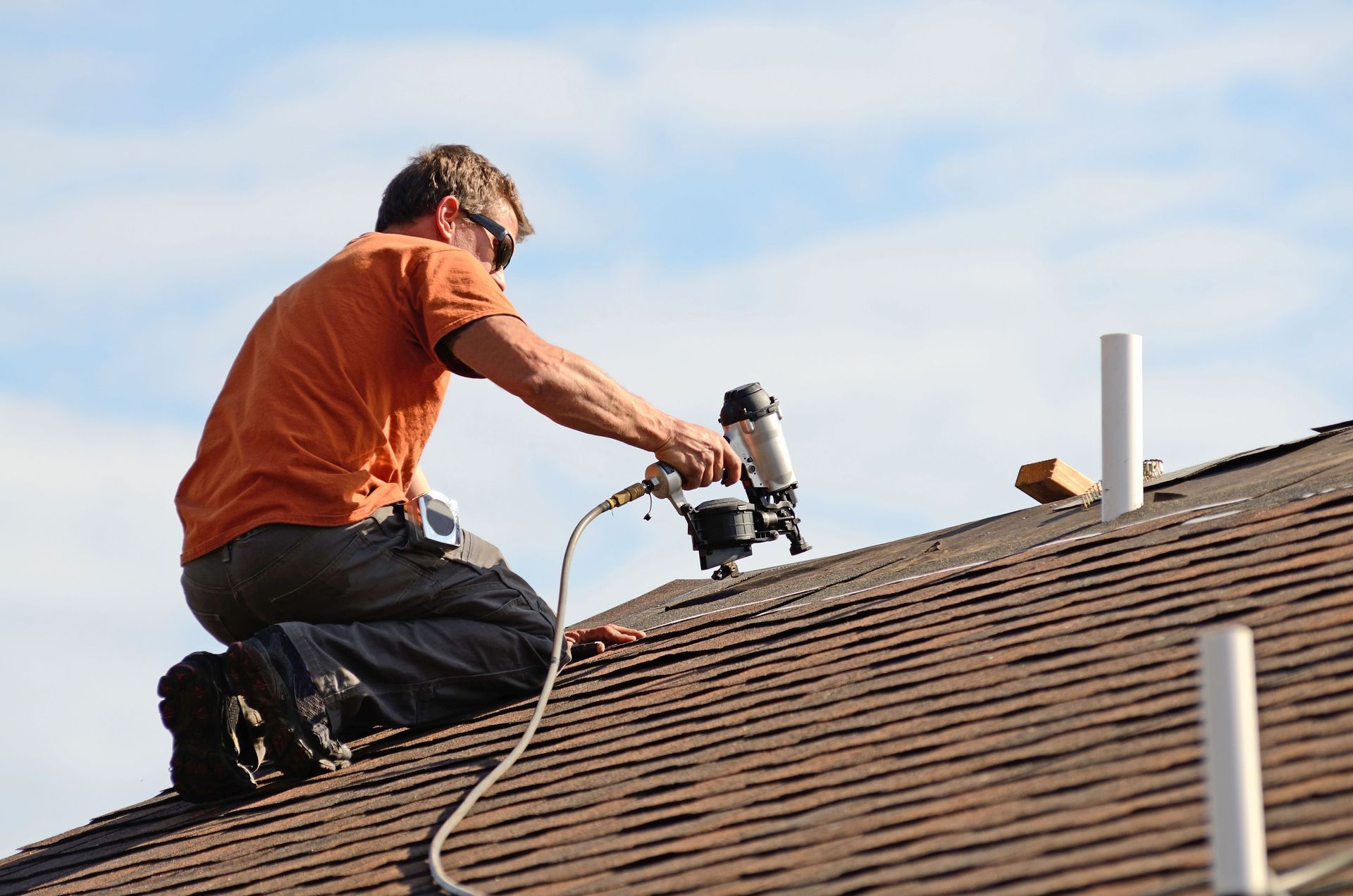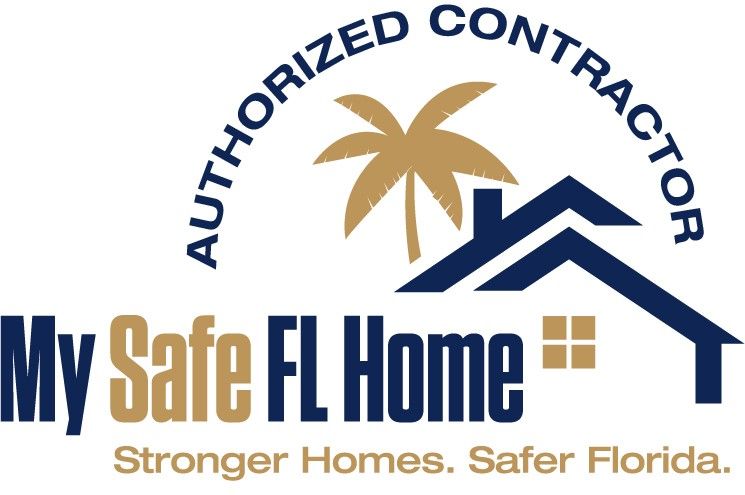Common Myths Regarding Local Roof Repairs, Debunked
Homeowners are often overwhelmed by unsubstantiated claims and myths regarding roof repairs. While suggestions from neighbors or family members may come with good intentions, they can lead to misconceptions that negatively impact your decision-making and the long-term health of your home. To dispel these myths and arm you with reliable information, this article explores some of the most persistent yet misleading beliefs about local roof repairs. Read on for an informed take on maintaining one of your property’s most important features—your roof.
Myth 1: You Can Delay Roof Repairs Indefinitely
One of the most widespread myths is the idea that roof repairs can be indefinitely postponed as long as there are no visible signs of damage. Some homeowners feel that unless water is actively dripping from the ceiling, their roof is in the clear. Unfortunately, this belief can be extremely costly in the long run.
Even minor leaks, if left unaddressed, can lead to mold growth, insulation damage, wood rot, and higher energy bills. Water intrusion might be slow and hidden, but still harmful to your home’s structure and indoor air quality. Timely attention to even small issues is essential. Routine inspections and swift local roof repairs help safeguard your home and protect your wallet from future headaches.
Myth 2: All Roofing Materials Have the Same Lifespan
Another common misunderstanding is that all roofing materials are created equal and will last for the same number of years. This generalization can lead to unrealistic expectations and poor planning. In truth, the longevity of your roof largely depends on the type of material used, climate conditions, installation quality, and ongoing maintenance.
According to Roofer's Guild, a roof may last anywhere from 25 to 50 years, depending on the material. For instance, asphalt shingles typically offer a lifespan of 20 to 30 years, while metal roofing can endure for 40 to 70 years. On the other hand, wood shake roofs may require more frequent maintenance and replacements. Understanding your specific roofing material and its maintenance needs ensures you make informed decisions and budget appropriately for upkeep or replacement.
Myth 3: DIY Roof Repairs Are Just as Effective
With an abundance of online tutorials and videos, many homeowners are tempted to try their hand at DIY roofing. On the surface, it might seem like a great way to save money. However, tackling roof repairs on your own can be dangerous and counterproductive if you lack the necessary expertise and safety equipment.
DIY efforts often fall short of industry standards and can inadvertently make a minor issue much worse. More importantly, working at heights poses serious safety risks. Local roof repairs should always be handled by licensed professionals who are trained to assess problems thoroughly, apply appropriate solutions, and ensure that the roof meets safety and building code requirements. Hiring an expert may cost more initially, but it prevents more significant damage and expenses down the road.
Myth 4: Roof Repairs Are Unnecessary If the Roof Looks Fine
It’s easy to assume that if your roof looks intact from the ground, it must be in good condition. However, many roofing issues begin beneath the surface or in areas not easily visible to the average homeowner. A roof can appear flawless while still harboring serious problems such as moisture buildup, deteriorating flashing, or damaged underlayment.
A trained roofing contractor can identify early warning signs that are invisible from the street. This is why regular roof inspections, even when there’s no apparent damage, are crucial. Proactive maintenance allows homeowners to address small problems before they turn into expensive emergencies. Prioritizing inspections and local roof repairs ensures your roofing system remains reliable and effective for years to come.
Myth 5: Newer Roofs Are Maintenance-Free
A newly installed roof provides peace of mind, but that doesn’t mean it's immune to future issues. Some homeowners fall into the trap of thinking that a new roof doesn’t need any attention for the next few decades. Unfortunately, this assumption can lead to neglect and premature wear.
All roofs, regardless of age, benefit from routine care. Environmental factors like strong winds, heavy rain, falling debris, and temperature fluctuations can all contribute to wear and tear, even on new installations. Scheduling inspections and minor local roof repairs in the early stages helps you catch vulnerabilities and maintain your roof's longevity. It’s about building a habit of preventative care, not just reacting to visible damage.
By debunking these myths, you’re better prepared to make choices that protect your home and your investment. Take the time to schedule inspections, invest in quality materials, and consult professionals for repairs. Your roof is too important to leave to guesswork or outdated advice. Protect your home with expert care. Contact Roofing by Curry for trusted local roof repairs today!

